So I know it's gonna be very controversial to post a lot of pro-Ethereum stuff in /r/ethereum given all the maxis and ETH killer moonboys who love to spread FUD in every thread. And it's very easy to attack Ethereum when you don't understand what it's trying to be and what it's trying to achieve. So I figured I'd post all the general statements that I and many other have been making over and over for a while now. I'm happy to elaborate on any of them, but please keep the discussion in good faith. I'm also willing to add more points if I forgot some. Some of these are my own opinion, some definitely require more context to understand properly (again, happy to elaborate) but the goal is to quickly summarize all the different stuff that gets brought up over and over.
Anyway yeah, if you're invested in Ethereum, or at the very least interested in it enough to be browsing this sub (why else would you be here lol) then you should be aware of the following:
Ethereum is the network, Ether is the currency. And there is no "I" anywhere in the name.
Fees are high because that's how much the market values Ethereum's limited blockspace. It's purely supply and demand.
- Fees scale with how much computation is being executed, not how much money is being handled. It costs $5 on average to send any amount of Ether, whether it's $1's worth or $1 million's. It costs much more to do swaps and mint NFTs and such because those operations require more computation.
- There is no way for anyone to artificially keep fees high unless they're willing to literally burn millions of dollars per day for no reason.
Ethereum's blockspace is limited because letting people run nodes themselves on average consumer hardware is important for decentralization.
- Decentralization is a spectrum and has many meanings from protocol specification, protocol implementation, node distribution, coin distribution, censorship resistance, permissionlessness, etc.
- Pointing at one aspect to scream "centralized" isn't clever nor helpful. Chances are the aspect you point out is known and is an active area of research with a concrete plan on the roadmap to address it and increase decentralization some more.
- No blockchain is ever fully decentralized, especially not from the start – and Ethereum's end goal is to be able to run without a hiccup for decades if not centuries. At 6.5 years old, it's still very young.
- If you care about decentralization, invest in and contribute to projects like Ethereum who view it as a goal, not a crutch that "nobody cares about it that much anyway, let's just increase the gas limit to have low fees asap"
There is a vast difference between an "archive node" (several TBs) and a "full node" (hundreds of GBs)
- Running an archive node is not necessary to sync from genesis and verify blocks and transactions.
- A full node has all the information enough to generate an archive node.
- There are plans on the roadmap to reduce the storage/bandwidth/RAM requirements of nodes even more, to a point where a smartphone will be able to independently verify and propagate new blocks.
There is no "when eth2 rolls out" or "when devs release eth2" or god forbid "when ethereum is upgraded to 2.0". What there is instead is a roadmap consisting of a series of upgrades aiming to help rollups – not the base layer – scale to hundreds of thousands of TPS.
- Depending on context, Eth1 is usually synonymous with "execution layer" and Eth2 usually means "consensus layers" (helpful illustration) otherwise "eth2" is an umbrella term for the set of upgrades over a long period of time, but the fact remains that there is no specific instant in time where "eth1 turns into eth2".
- Similarly, there is no "eth2" coin. ETH is ETH, you don't have to do anything, the coins you hold today will be the same after the switch to proof of stake.
Unlocking staked Ether will not cause a mass sell-off event. There is a limited withdrawing queue, it's not gonna happen all at once. And there are many more reasons for more people to start staking Ether than there are for the current stakers to exit en masse.
- Also, unlocking staked Ether will not be possible directly after the merge. Withdrawals will be enable in the first fork that follows the merge ~6 months later.
There are plenty of options to avoid high gas fees, it's perfectly fine to use a sidechain to do your DeFi stuff for now. I use sidechains myself too. Just don't pretend these sidechains will replace Ethereum in any significant way as that's not even what they're trying to do.
Switching to Proof of Stake will not lower Layer 1 gas fees significantly. Anyone saying otherwise is either misinformed or trying to mislead you into false expectations to bank on the inevitable mass disappointment following the merge.
- It's still a monumental upgrade that will render possible much-needed upgrades like light clients, statelessness, and sharding, etc. that would otherwise be impossible or impractical to implement on the current proof of work chain.
- It's basically a way to "start from scratch" while keeping the same coin, same users, same dapps, same network effects.
- PoS has been on the roadmap since day 1. Yes, estimates of PoS dates have been wrong before. However right now it's all hands on deck on the merge, the spec is done, the beacon chain is running, there is a merge testnet running, it's happening.
Sharding will not lower Layer 1 gas fees significantly either. Sharding is all about data, execution on Layer 1 will still be limited and expensive. What data sharding will do is help rollups (Layer 2) scale by several orders of magnitude.
Rollups are already live today and they will only get cheaper as more people use them.
Data sharding + rollups is the only sustainable way to scale a blockchain globally without compromising decentralization.
- "Sustainable" as in the overall security model doesn't rely on hoping that the coin's price will pump forever to outpace the dilution from the blockchain issuing way more new coins than they collect in fees. Something that all major blockchains (including Ethereum most days, and even Bitcoin) are currently doing.
- "Without compromising decentralization" as in more decentralization = more data for rollups = more scaling (lower individual fees on L2). Decentralization becomes an integral part of the scaling equation rather than a crutch.
- The rollup-centric roadmap is all about admitting that no single blockchain can do it all by itself and can't compete with what rollups can do. In other words, "Ethereum maximalism" amounts to helping independent teams develop rollups, innovate and compete with each other on top of Ethereum's secure, decentralized, and open platform.
- The true competition of sidechains is rollups, not Ethereum itself.
- All the criticisms of a multi-rollup world apply to the current multi-chain world model as well. Except they apply way more to the multi-chain world and can be overcome way more easily in a multi-rollup world.
- A rollup can settle on any L1, sure, but it's gonna gravitate towards the most secure, most decentralized and most credibly neutral settlement layer with the best data availability. Right now only Bitcoin and Ethereum fit those criteria (other L1s optimize for fast execution, not secure data availability) and Bitcoin would need a hard fork to implement rollup-friendly functions, so that only leaves Ethereum as the poised "AWS for blockchain".
Ether isn't meant to be a day-to-day currency that will replace fiat. The use-case of Ether isn't to pay for bread and milk, it's to pay for gas fees and secure the network. All the other use-cases derive from Ether's scarcity, but they're not strictly necessary.
- Having Ether be an appreciating asset is good for the overall long-term health of the network by providing it with more economic security, its holders more economic bandwidth, and its users more reasons to hold/stake. The incoming deflation is good.
- However, the supply is not gonna be deflationary forever. The market dictates how much the blockspace is worth (so how much gets burned) and it also dictates how much the staking APR should be (so how much gets printed) so these two opposing forces will meet in the middle at some point. It's all about them feedback loops.
The security model trumps the economic model. The core idea behind the economic model is: "Minimum viable issuance to secure the network". It was designed from the start to be disinflationary (as in, inflation % terms goes down over time) with even the idea of fee burning being mentioned in early publications and FAQ
It's okay to change or tweak things when new research indicates there's a problem with long-term sustainability or security of the current model. These changes don't happen "on a whim of a few people", there's a lot of consideration that go into them.
- And remember, changes happen in a highly adversarial context. If there's any possibility of an upgrade causing security problems or being exploited in any way for profit, then it will happen. Changes don't just happen for fun "just because", they happen when their benefits outweigh the inherent risks of potentially adding more complexity.
The Ethereum Foundation is more of a coordinator than a dictator. It's much more of a community-focused bottom-up approach than the top-down structure people think.
- Everything happens extremely transparently on open forums that no one reads and public livestream calls that no one listens to. But everyone who wants to participate is welcome, it's all out in the open.
- The Ethereum Foundation doesn't code any of the actual software, client teams do. There are 5 major execution clients and 4 major consensus clients, developed by independent teams, to implement the protocol specification. This multi-client approach may be responsible for development delays, but it comes with security benefits
- Anyone can propose an Ethereum Improvement Proposal. You just have to convince others it's a good idea to implement it (most EIPs don't get implemented and fall into obscurity) and the clients could just refuse to code it in if it's a very bad idea. The more time passes, the harder it becomes to push changes to the Ethereum protocol and everything converges to the status quo. (This doesn't close the door to further innovation however, as it's still an open platform on which anyone can build)
- Vitalik regularly gets his proposals blocked by client teams, other researchers, or the community in general. At most, he's a knowledgeable influence because he knows the tech and cryptography in depth and has been there from the beginning. It's silly to worship him, and it's silly to treat him as Ethereum's Zucc-like CEO. He's "just some guy".
The "DAO hard fork" wasn't a roll-back. Not a single transaction was reverted, no one lost any funds other than the exploiter who could have otherwise gotten away with 15% of the total supply at the time. It wasn't a bailout of Vitalik and his pals, it was a bailout of a huge chunk of the community from an event that could have killed the whole thing in its infancy.
- In the end it's all social consensus, and the consensus from miners, users, developers was strong. Even "code is law" is social consensus that can get reverted in case of major bugs. It's all about what the community deems legitimate.
- edit: see comments for more nuance on this point
As far as the initial distribution goes, Ethereum's ICO is among the best of those who had an ICO, and as far as the current distribution goes (after 6 years of proof of work and market movements), it's on par with Bitcoin's. 60m of the 72m "pre-mined" coins went to a permissionless no-KYC sale, and all the genesis transactions are included in Block #0 so you can check yourself that there's no hidden coins. Just like Bitcoin, early investors took on big risks and got big rewards. No surprises here. Any concerns of the ICO being a scam or rugpull should have vanished some time in 2015, yet here we are still talking about it for some reason.
- And if coin distribution is a concern to you because proof of stake, then you should be glad the DAO hack didn't end up with a single person owning 15% of the supply...
- edit: see comments for more nuance on this point too lol
There is no "technical debt" preventing Ethereum from scaling.
EIP-1559 was not meant to lower gas fees and no credible person ever promised it was a scaling solution.
- It has many benefits beyond coin burning. The deflation is a nice side effect, and it's certainly not a gimmick meant to pump the price.
Proof of Work is really just Proof of Stake with extra steps.
- In both systems, the goal is reach consensus in a sybil-resistant way. Spending time and energy by computing hashes over and over is just the easiest way to reach that goal. But if we can achieve that goal (randomness + verifiable delay functions) without using the energy of a continent, maybe we should look into it.
- In both systems, whoever has capital gets to earn more capital by producing more blocks. (Except in Proof of Stake, everyone earns at the same rate, proportional to how much they stake)
- In both systems, the capital that someone has at stake (mining rigs vs coins directly) is a good indicative that they will play by the rules.
- By design, Ethereum doesn't have on-chain governance. This means that the people with the most coins can't change the rules under PoS any more than the people with the most hash rate can change the rules under PoW.
- Just like there are mining pools, there are staking pools. As usual, some options are more decentralized and community-focused than others.
[link] [comments]

You can get bonuses upto $100 FREE BONUS when you:
💰 Install these recommended apps:
💲 SocialGood - 100% Crypto Back on Everyday Shopping
💲 xPortal - The DeFi For The Next Billion
💲 CryptoTab Browser - Lightweight, fast, and ready to mine!
💰 Register on these recommended exchanges:
🟡 Binance🟡 Bitfinex🟡 Bitmart🟡 Bittrex🟡 Bitget
🟡 CoinEx🟡 Crypto.com🟡 Gate.io🟡 Huobi🟡 Kucoin.




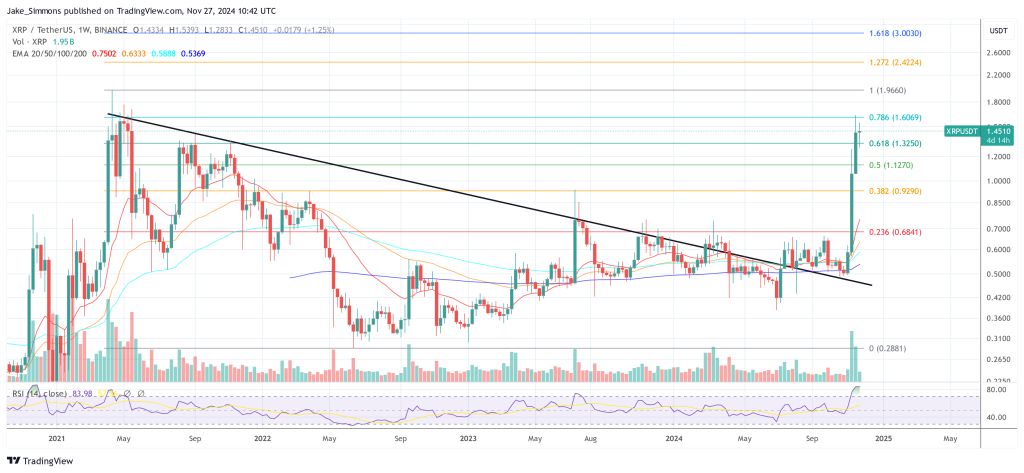
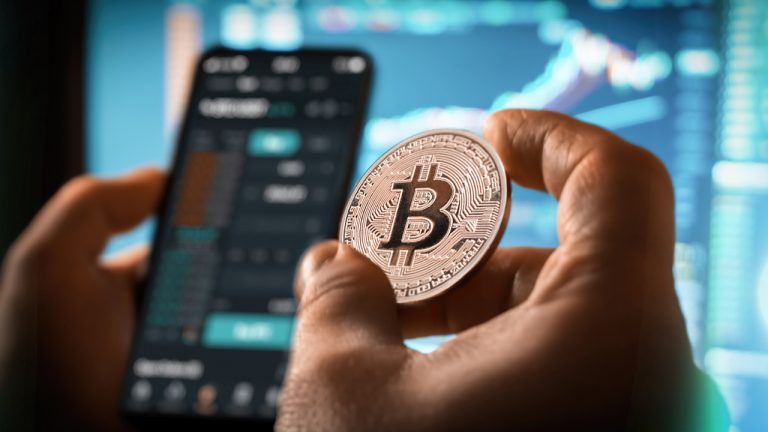


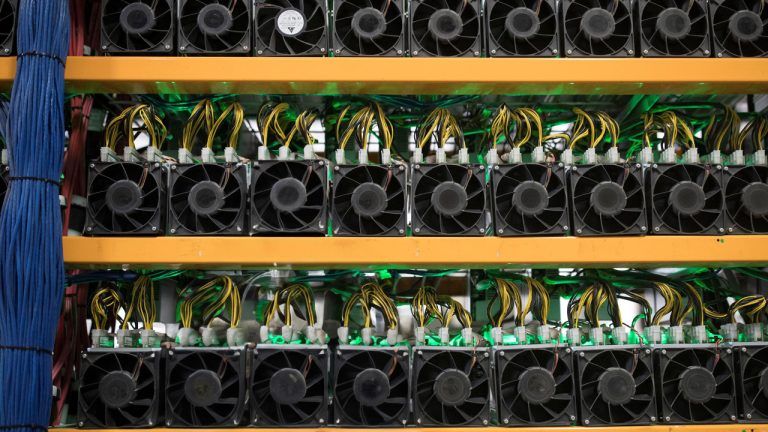


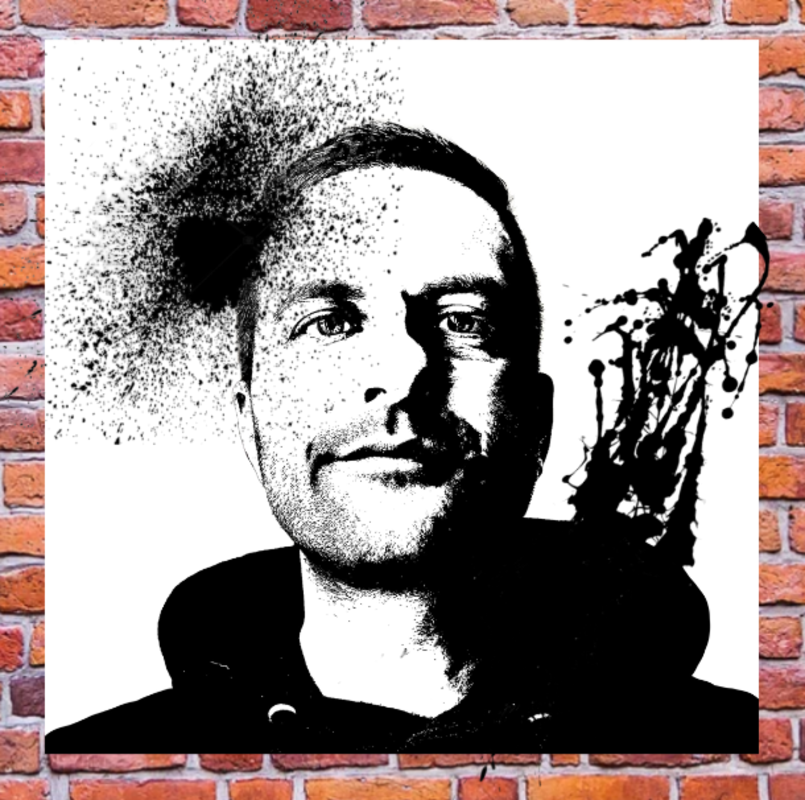

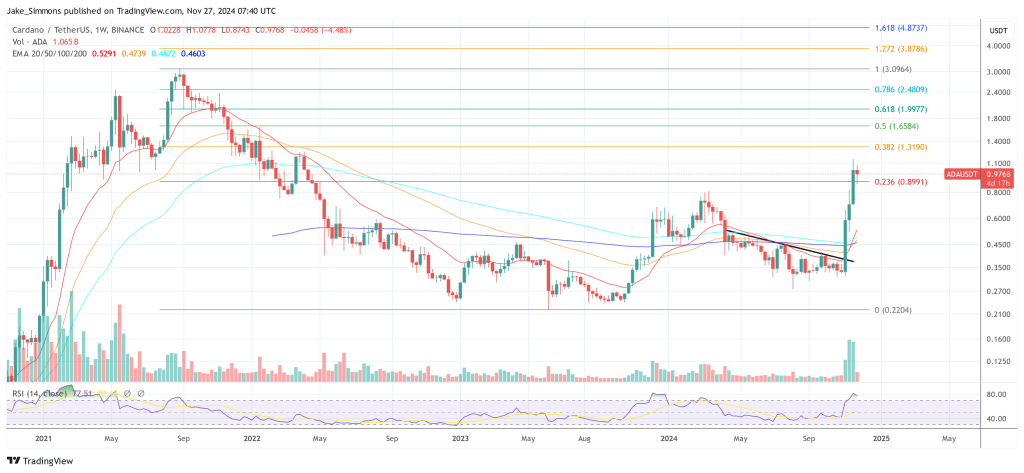

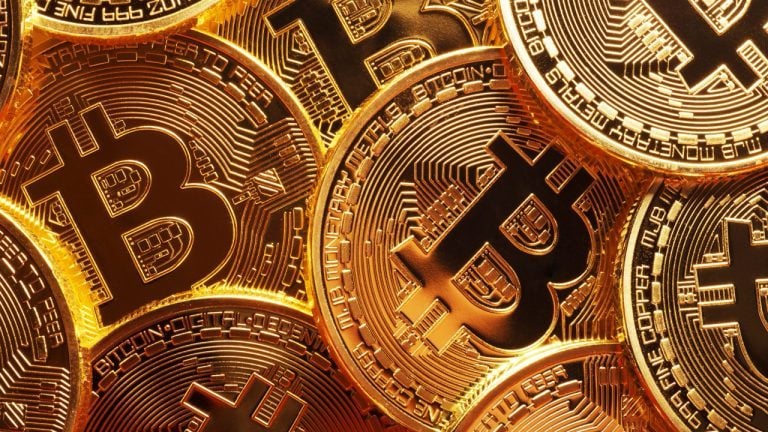

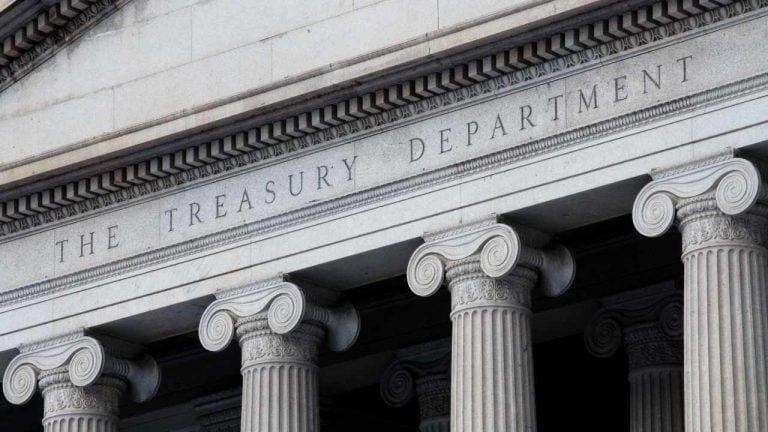

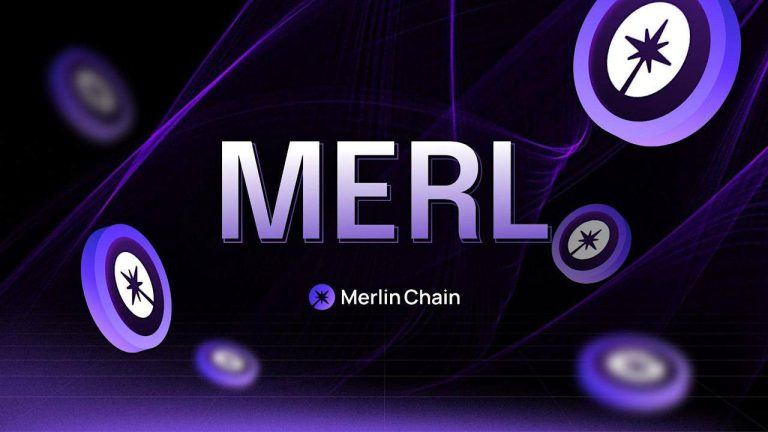
Comments